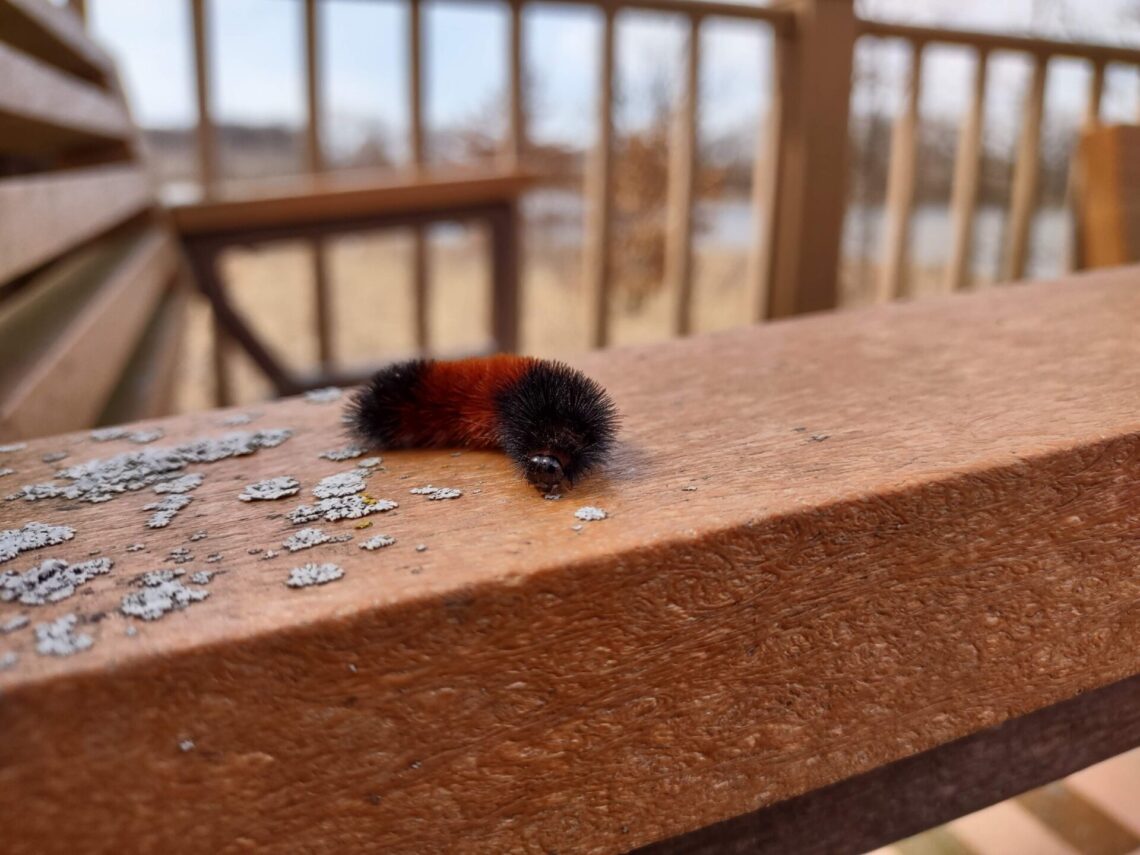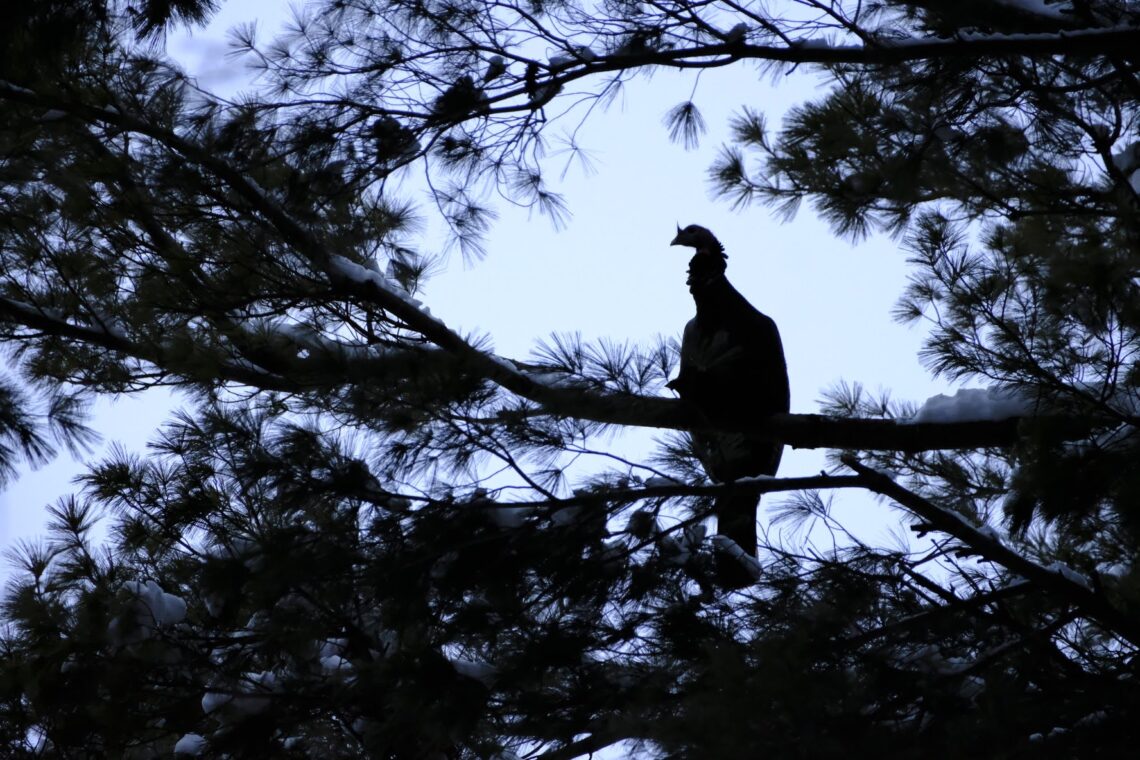Spring is finally here! It didn’t seem like it would ever actually happen, but here we are. The birds are singing, the chorus frogs are chirping, and plants are starting to emerge from the soil. It’s a great time of year for many reasons, but I especially like it because it seems so much easier to notice the little changes in nature. While you’re here, let’s take a quick virtual tour of some of those changes that are happening right now!
Woolly bears are back! Well, I guess they never really went anywhere to begin with, but now they’re active. Did you know that wooly bear caterpillars produce a chemical in their body similar to anti-freeze which allows them to almost freeze completely solid over the winter? Once the temperatures begin to warm up, these fuzzy little caterpillars thaw out and become active (and very hungry). After a few days of eating, they build a cocoon and eventually emerge as an Isabella tiger moth!
While out on a hike with my family, we went to a local green space in search of woodcock. This time of year is when they typically do their sky dance and can be heard ‘peenting‘ at dusk. We were lucky enough to both hear and see this wonderful springtime display from such an odd bird.
As we continued our hike, we headed towards a group of pines where we have seen roosting turkeys in the past. Sure enough, after briefly scanning the tops of the trees we saw four of them sitting motionless on some limbs. Even though I have known for many years that turkeys sleep in trees, it’s still one of the strangest sights to see and it always brings me joy.
If you have been out to some wetter areas lately, you may have noticed that the willows are looking quite a bit fluffier than they did a month or two ago. From a distance, the stems all look as if they’ve been lightly touched by snow, but upon closer inspection, you’ll see that the buds are actually preparing to flower. Since these willows are some of the first to bloom, the light-colored fuzz helps protect the flower buds from the cool spring air.
On this particular branch, I found what looked like a pinecone. There were actually a bunch of these all over and it turns out that these pinecone-looking structures are actually insect galls. Tiny insects called gall midges lay their eggs in the stems of willows. As a defense mechanism, the willow produces these ‘cones’ which ends up providing shelter for the insect. In the summer, these insects will emerge from the galls.
Speaking of fuzzy plants, pasque flowers are beginning to bloom! This has got to be one of my favorite flowers of all time. Similar to the pussy willow, pasque flowers are very early bloomers, as well as fuzzy. This fuzz acts as insulation against the cold weather and is very effective. In no time at all these flowers will be outstretched and soaking up the spring sunlight.
I hope you enjoyed my virtual nature tour and happy almost spring!
*Did you miss an article? Check out my collection of past monthly Nature Now articles on our website HERE. Just click the dropdown menu ‘Any Type of News’ and change to ‘Nature Now’ to filter the articles.




